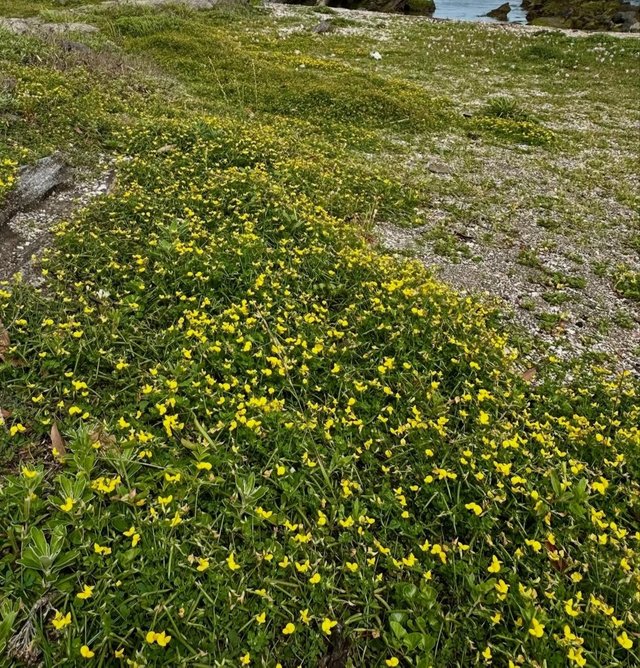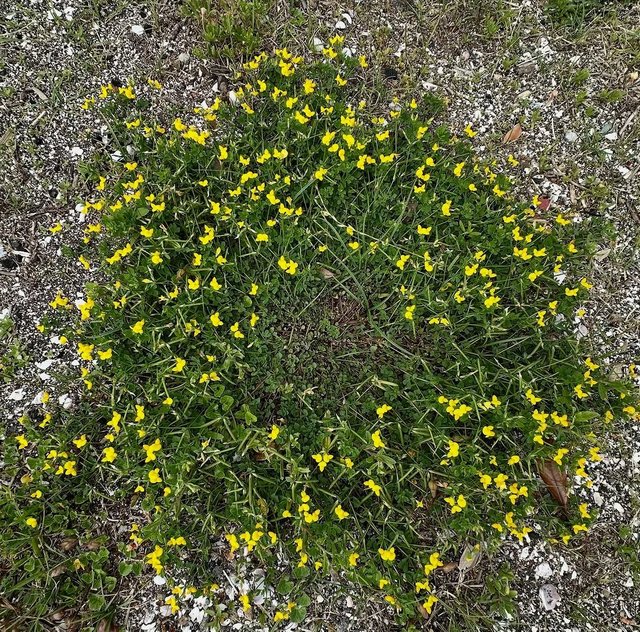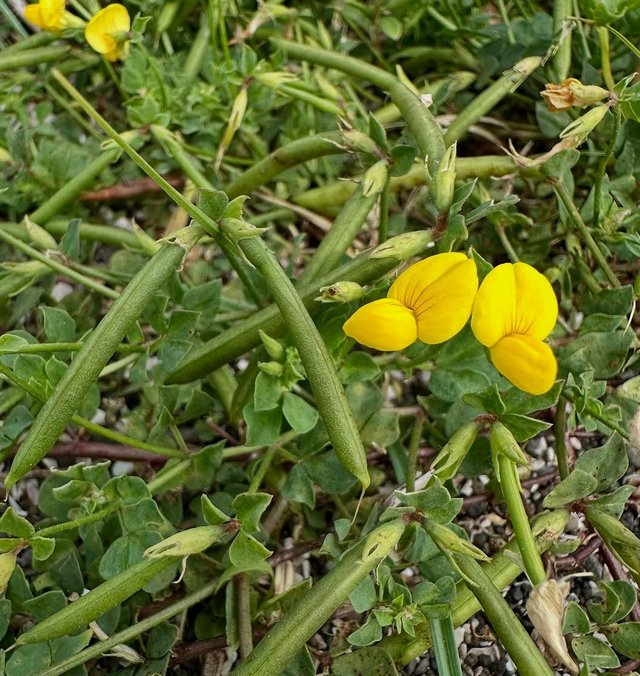Yellow Colour Bird's-Foot Trefoil Flower
Bird’s-Foot Trefoil: A Colorful Hero of Meadows and Roadsides
Bird’s-foot trefoil is a low-growing perennial wildflower that might appear modest at first glance, but this unassuming plant is an ecological powerhouse and a favorite among naturalists, farmers, and pollinators alike. Recognized by its bright yellow blooms and unique seedpods that resemble a bird’s foot, this plant offers a host of benefits that go far beyond its sunny appearance.
Botanical Profile
Bird’s-foot trefoil belongs to the Fabaceae family, the same family as peas and beans. It typically grows between 10 and 40 cm tall, forming sprawling mats of foliage punctuated by clusters of golden, pea-like flowers from late spring to early autumn. After flowering, the plant produces long, narrow seed pods that splay out in a pattern reminiscent of a bird’s foot—hence its charming name.
Habitat and Distribution
Native to Europe and Asia, Bird’s-foot trefoil has been naturalized in many parts of North America, Australia, and New Zealand. It thrives in well-drained soils and tolerates poor, sandy, or gravelly conditions that many other plants avoid. It’s commonly found along roadsides, in grasslands, meadows, and even waste areas—where its resilience and nitrogen-fixing abilities help improve the soil for future plant growth.
Ecological Importance
Bird’s-foot trefoil is a crucial part of many ecosystems:
Pollinators’ Paradise: The flowers attract a wide range of pollinators, including bees, butterflies, and moths. In particular, it’s a vital nectar source for bumblebees and other native bee species during the summer months.
| Device | cannon eos 700D |
|---|---|
| Lens | 55-250 zoom leans |
| Location | Bangladesh |




